If you take a wander down to Plaza de la Cebada and peer through the portholes that line the walls surrounding the square, you’ll often see the citizens of Madrid enjoying themselves at one fiesta or another. These days the public space is a regular venue for drinking, dancing and general merrymaking, but rewind a couple of hundred years to the beginnings of the 19th century and the “entertainment” put on there was not for the faint of heart.
The venue for many pubic executions in Madrid, the scent of human blood hung heavy in what had originally been Madrid’s barley market. One of the most notable people to be put to death here was Rafael del Riego, a general and liberal politician who had led a short-lived rebellion against the odious King Ferdinand VII – who had been reinstated on the throne only to begin a rule even more tyrannical than Joseph Bonaparte‘s. On November 7 1823 Riego was tried, hanged and then beheaded for good measure while the public hurled insults at the poor chap for attempting to put an end to Ferdinand’s repressive regime.

He wasn’t the only person to be executed here during this rather dark era in Spanish history. Public hangings were a regular event well attended by the city’s populace who filled the square itself or watched from the balconies of adjacent wooden tenements. An account in English of the execution of two thieves was written in 1828 by American naval officer Alexander Slidell MacKenzie for his travel book A Year in Spain. In it, he describes the general ambiance:
“The area below was thronged by the lower classes, blended in one vast and motley collection. There was an abundance of sallow mechanics, tinkers, and cobblers, with leathern aprons and dirty faces; or of thin-legged tailors, intermingled with gaily-dressed Andalusians or with sturdy athletic peasants and muleteers from the neighboring planes of Castile and La Mancha.”
He then goes on to describe the hanging itself, detailing exactly how the executioner went about the job, by jumping onto the shoulders of his first victim.
“He clung to his prey with a resolute grasp, recovered his seat, and moved upward and downward upon the shoulders of the malefactor… his assistants below reached the legs of the victim, and drew them downward with all their might.”

Harrowing though this sounds, this execution was at least swift, a relative picnic compared to the fate that awaited Madrid’s most notorious rogue, Luis Candelas. Candelas was infamous throughout Madrid for having carried out 40 odd robberies, most of which he got away with. After an initial spell in jail early in his criminal career, he disguised himself as a rich Peruvian financier and went about the city in fine style fleecing the aristocracy of their silver while simultaneously charming its ladies – rumour has it that he had a love affair with Lola La Naranjera, whom the king was also courting.
Eventually he managed to thoroughly piss off the queen too, by robbing the houses of two people considered to be untouchable: the French ambassador and her own dressmaker. In Jan 1837 wanted posters of Candelas went up throughout the city and he was quickly captured.
When he arrived at the Plaza de la Cebada, it dawned on him that not only was he going to die, but he was going to die by the garrote, a far more drawn out and painful process of strangulation than hanging by a rope. He began to beg the authorities to spare his life.
Candelas left the city with these parting words: “I have been a sinner as a man, but my hands have never been stained with the blood of my fellow men. Goodbye my beloved country. Be happy.”
Those in charge remained unmoved by his cries and the entertain… ahem, execution went ahead as planned. The last public execution by garrote took place in 1897, but this rather barbarous instrument carried on being used in executions right up until 1974.
If you are venturing into Madrid and would like to know a little bit about the history of the city, how about booking yourself in for a unique walking tour with me, the writer of The Making of Madrid?
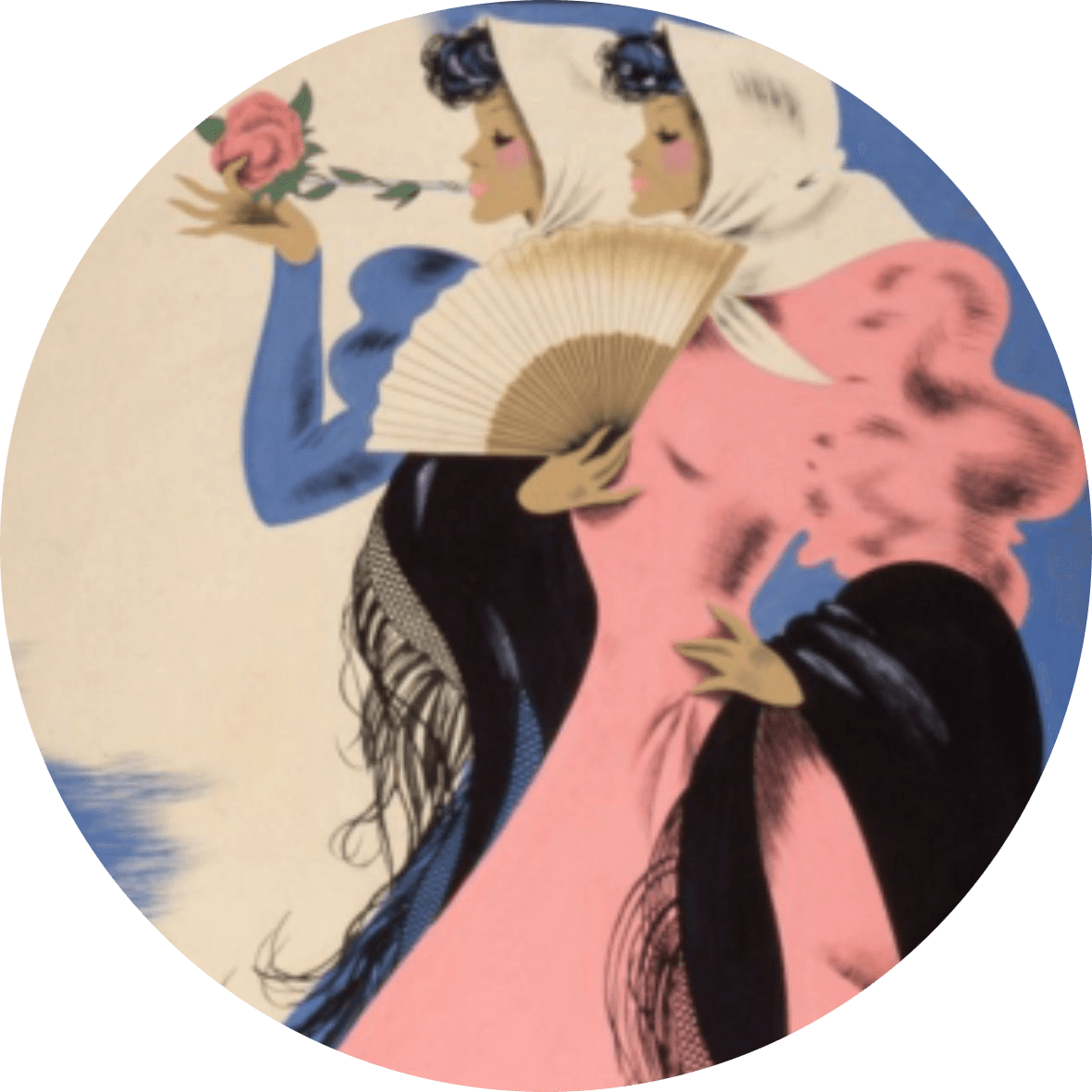
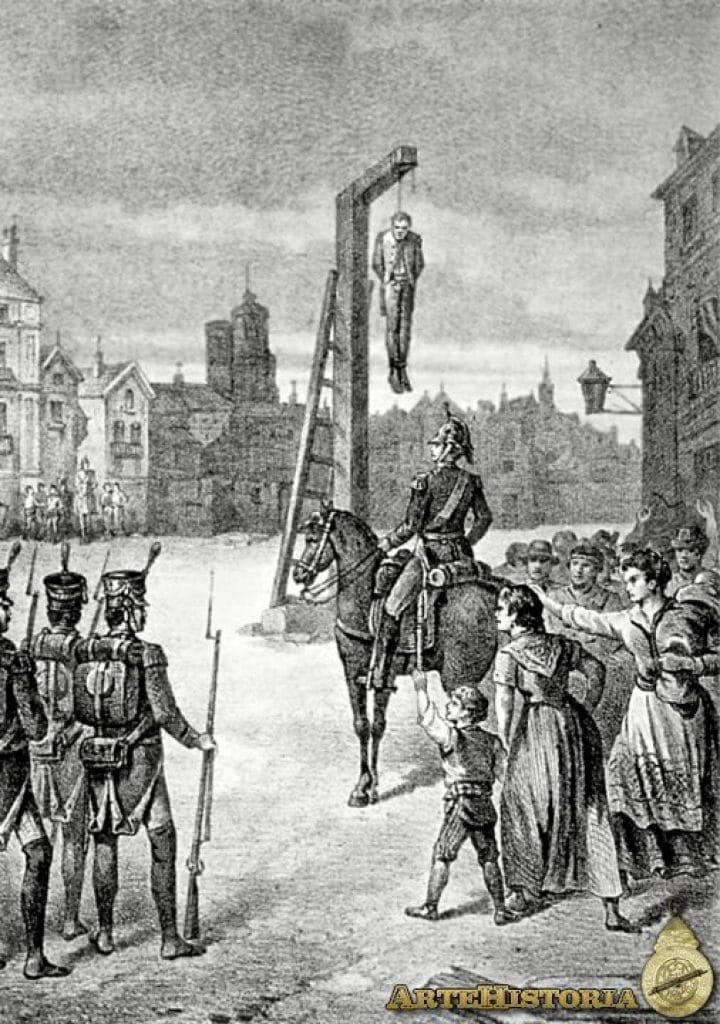
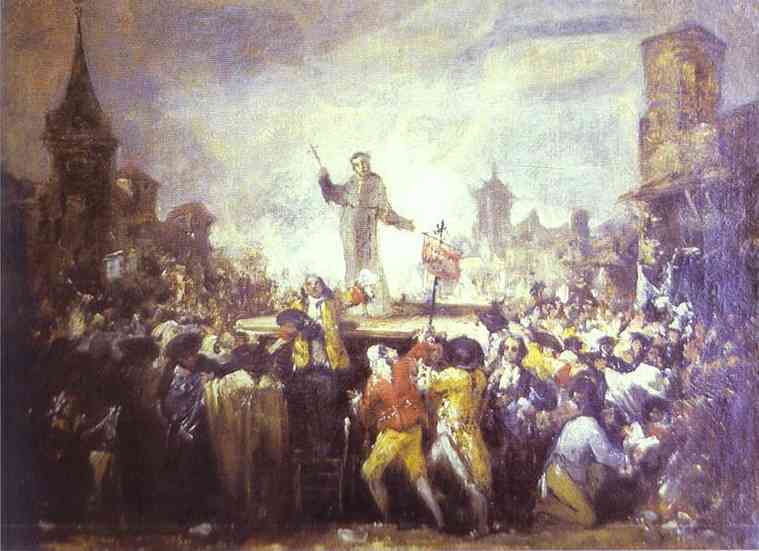
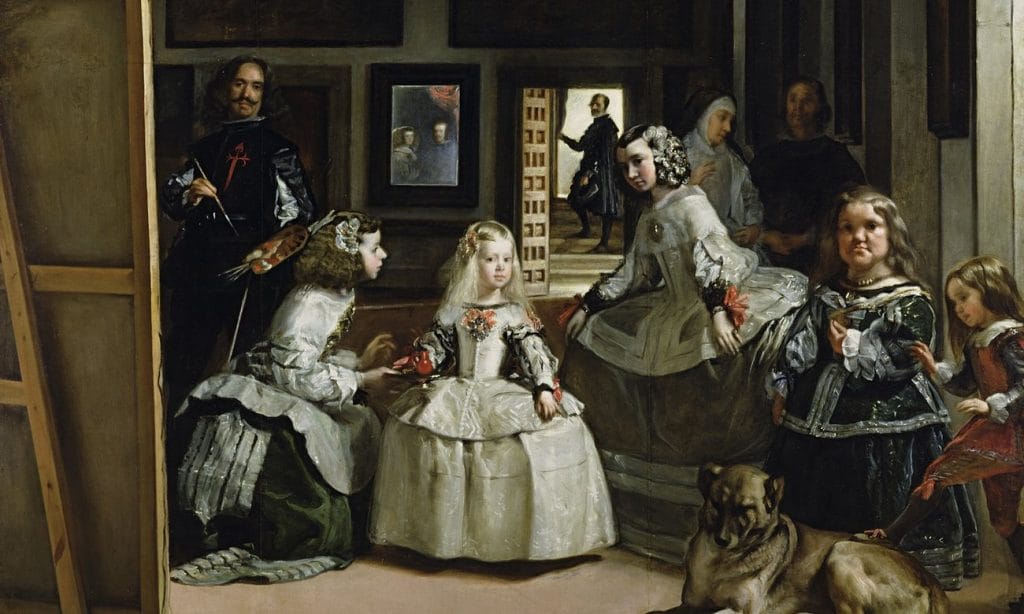
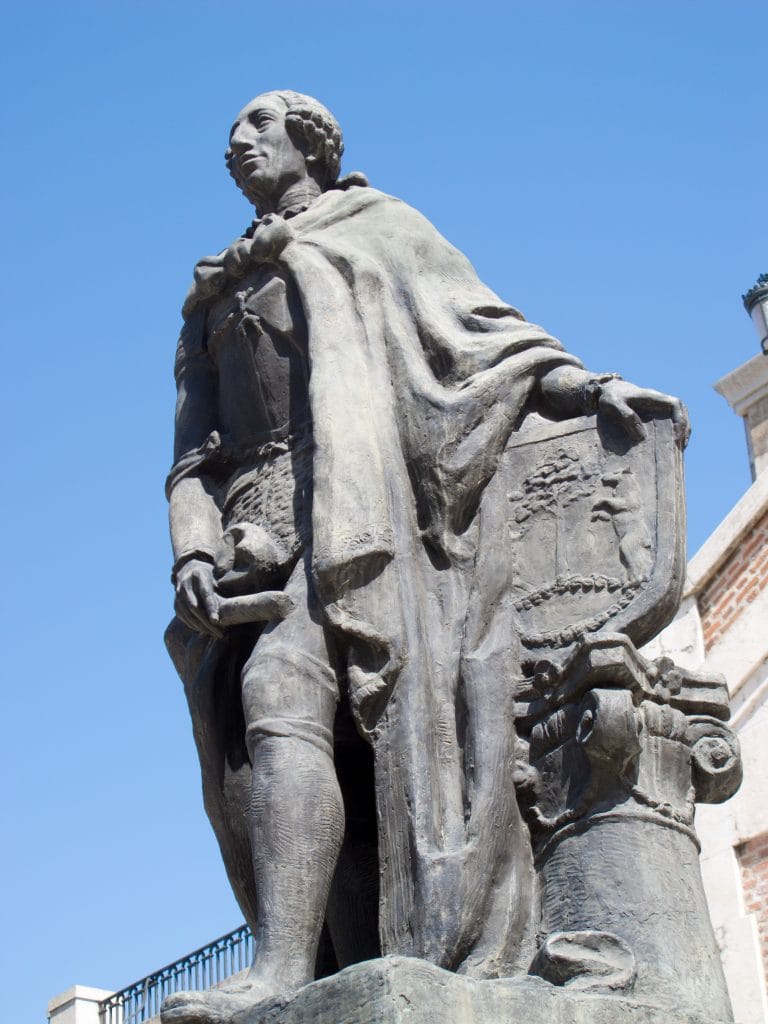
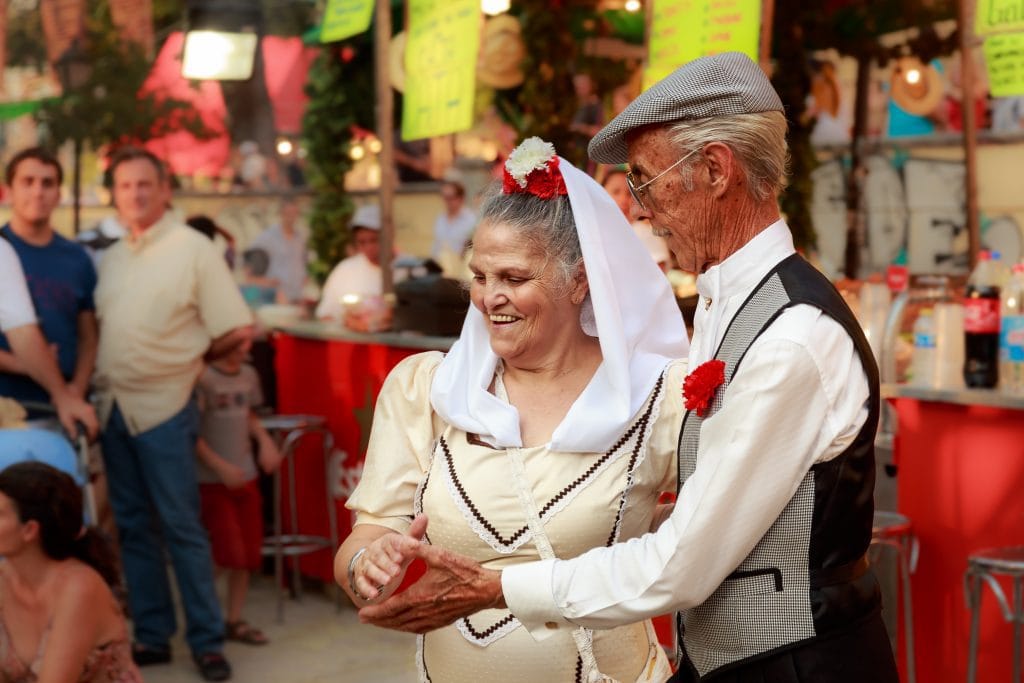
Pingback: Plaza de la Cebada: a Grotesque Reshaping of a Historic Square - The Making of Madrid